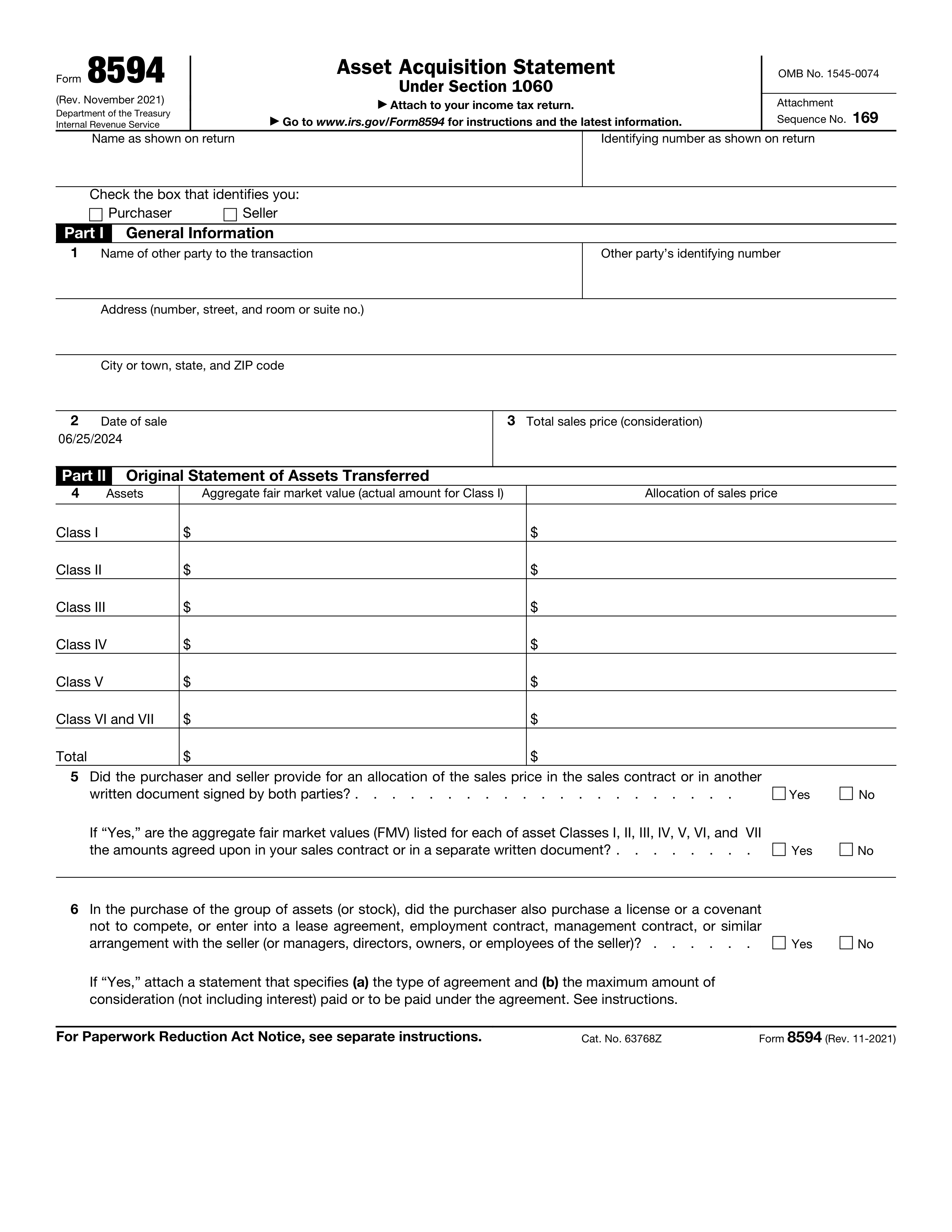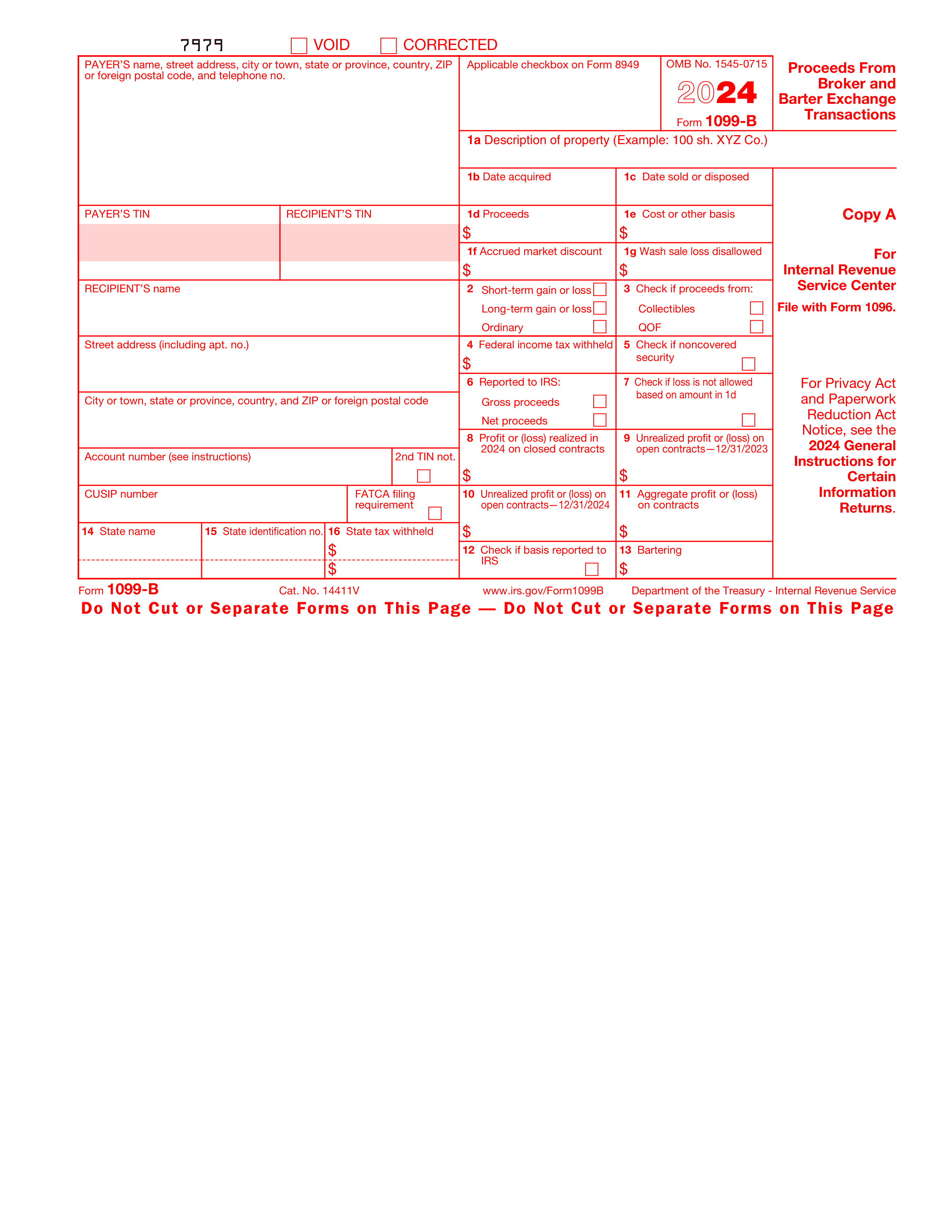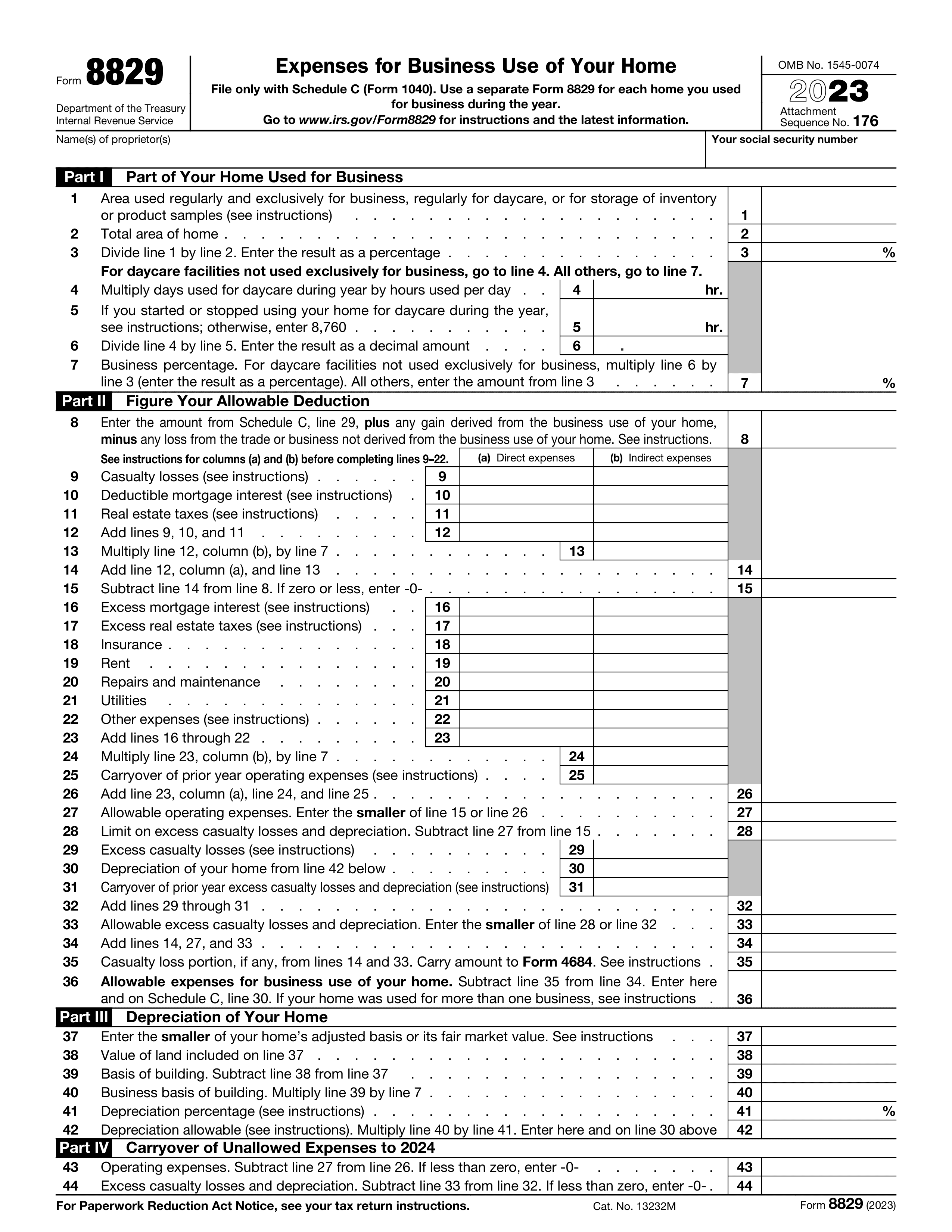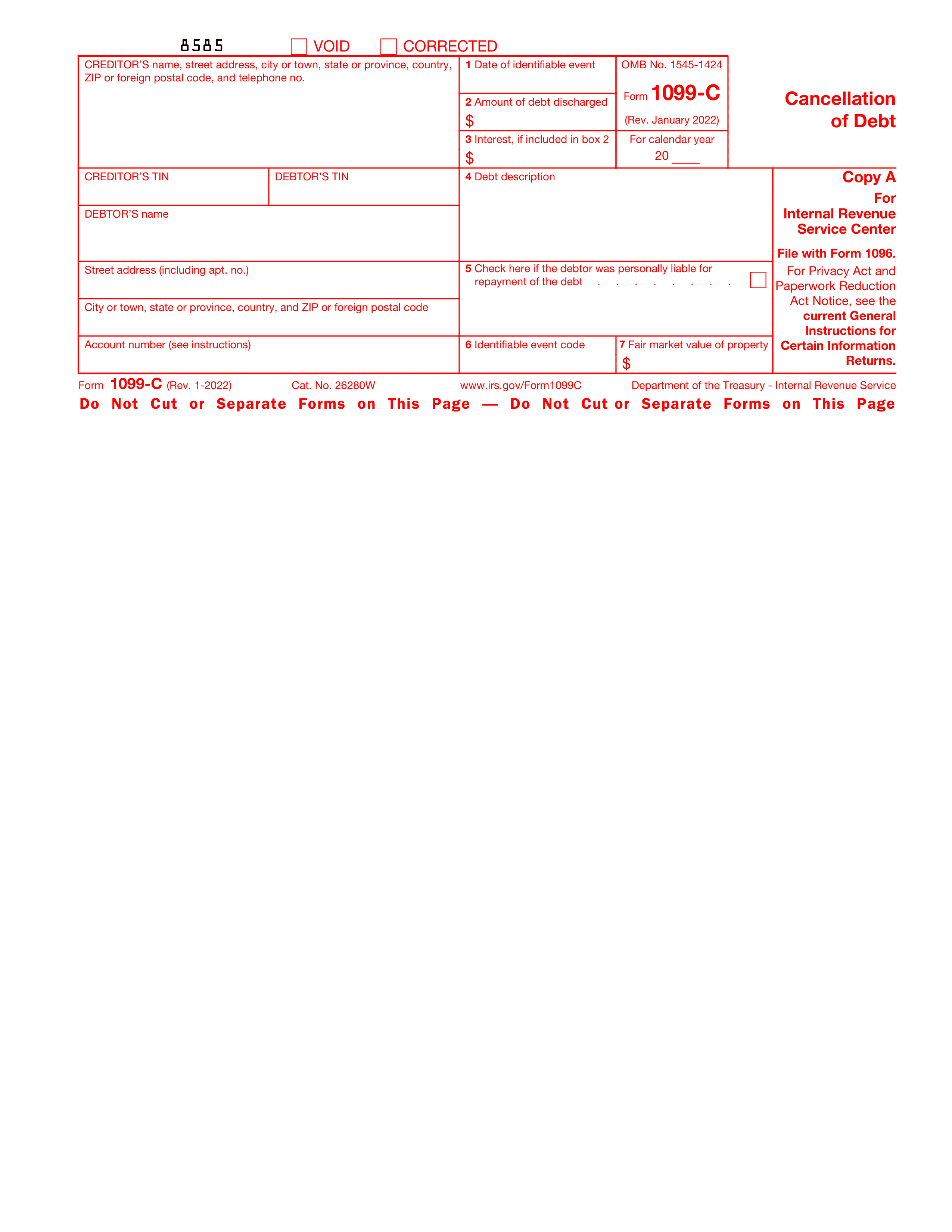What is Schedule B (Form 941)?
Form 941, Schedule B is a tax form used by employers who withhold federal income taxes, social security tax, or Medicare tax from employees' wages. It's specifically for those who deposit these taxes on a semiweekly schedule. This form helps in reporting the amount of taxes an employer has paid to the IRS for each pay period within a quarter. It's essential for employers who have a large payroll and need to organize their tax payments more frequently due to the volume of their tax liabilities.
What is Schedule B used for?
Schedule B is a critical document for many businesses. Here's what it's used for:
- To report employer's quarterly tax liability.
- To detail tax payments made throughout the quarter.
How to fill out Schedule B?
- 1
Start by entering your Employer Identification Number (EIN), name, and trade name (if applicable) at the top of Schedule B.
- 2
For each month in the quarter, report the total taxes after adjustments in the space provided.
- 3
If you’re a semiweekly depositor, fill in the tax liability for each day; monthly depositors should report their monthly liabilities.
- 4
Add up the liabilities for all the reporting periods to ensure the total matches the amount reported on Form 941, line 12.
- 5
Double-check all entered information for accuracy to prevent any processing delays or issues.
- 6
Follow IRS instructions for submitting the form.
Who is required to fill out Schedule B?
Employers who withhold income, social security, or Medicare tax from employees' wages must complete Form 941 Schedule B. This form reports tax liability.
IRS agents and accountants may use Form 941 Schedule B to verify timely tax payments. It's essential for audits and financial reviews.
When is Form 941, Schedule B not required?
Not every business needs to complete Form 941 Schedule B. Specifically, if your business pays employment taxes on a yearly basis rather than quarterly, this form is not required for your tax submissions.
This means small businesses that fall under the criteria for annual filing, rather than quarterly, can bypass this particular schedule. It's designed for those who report taxes more frequently throughout the year.
When is Schedule B due?
For individual taxpayers reporting interest and dividends, Schedule B is due by the regular tax return deadline — generally April 15 for calendar-year filers. If you file for an extension, Schedule B is due with your extended return by the new deadline.
For employers filing Schedule B (Form 941), it is due at the same time as Form 941, which is typically the last day of the month following the end of each calendar quarter — April 30, July 31, October 31, and January 31.
How to get a blank 941 Schedule B?
To get a blank Schedule B, issued by IRS, simply visit our platform. We have the template ready in our editor for you to fill out, with no need to download it from anywhere else. Remember, our website helps you fill out and download the form, but not to submit it.
Do you need to sign Schedule B (Form 941)?
Our research suggests that Form 941 Schedule B does not need a signature. Still, it's wise to verify with the most current guidelines.
Remember, rules can change. Always double-check the latest official instructions to ensure compliance.
Where to file 941 Schedule B?
Schedule B (Form 941) is not filed separately; it must be attached to your Form 941, Employer’s Quarterly Federal Tax Return, and submitted together to the IRS. You file both forms using the same method and at the same address or electronic system as Form 941.
If filing electronically, attach Schedule B within your electronic Form 941 submission through an IRS-approved e-file provider.
If filing by mail, attach Schedule B to your paper Form 941 and mail both to the IRS address designated for your business’s location and payment status.







